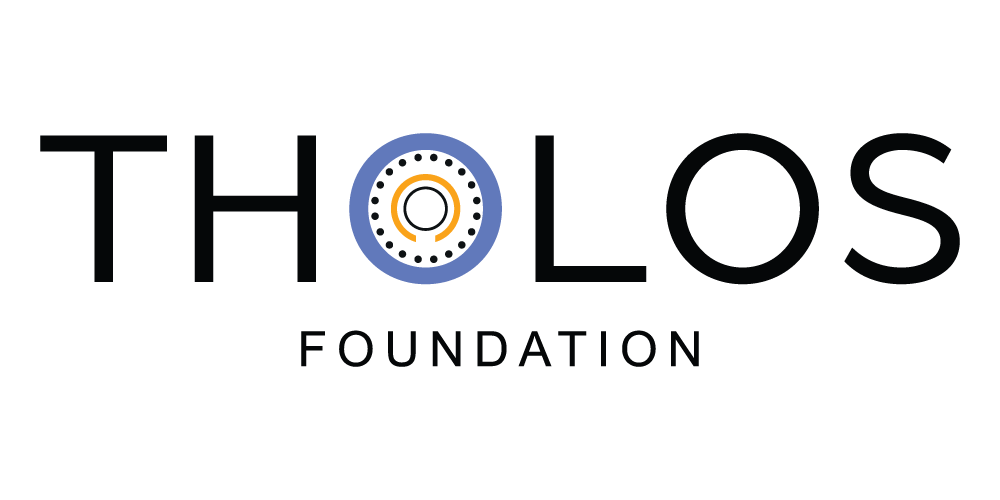The European Commission is under pressure to review the Tobacco Products Directive, the EU’s main tobacco and nicotine product regulatory instrument. In the light of measures which seek to ban flavoured tobacco products and require more information on the ingredients within tobacco products, The Parliament organised a panel discussion in partnership with the Tholos Foundation to explore new approaches for harm reduction and to forecast priorities for the next European Mandate.
Peter Beckett of Clearing the Air, began the discussions with a bold statement: "There is nothing innovative about harm reduction." He emphasised that over the past two decades, Europe has amassed substantial data on harm reduction, supported by extensive toxicology studies. Yet despite this wealth of information, the landscape of harm reduction has remained largely unchanged over the past ten years. This has caused a significant level of stagnation. This stagnation suggests that whilst the data and research are robust, there has been little progression or innovation in practical applications or policy advancements in the field. On this matter, Tim Andrews from Tholos Foundation added that smoke-free alternatives are about 90% (snus), 95% (vapes) or 99% (nicotine pouches) less harmful than smoking cigarettes and should be celebrated as powerful contributions to harm reduction. However, he criticised governments for imposing restrictions and bans on vapes or nicotine pouches, arguing that this approach raises a fundamental moral issue by limiting access to life-saving innovation and reprimanding those wanting to make a change. Proposed bans of specific flavours for vapes were also of concern for Andrews. Flavour bans could results two primary outcomes according to Andrews: people will either turn to the black market to purchase flavoured products or revert to smoking combustible cigarettes. “If you remove flavours, you remove what makes vapes realistic alternatives to cigarettes” he concluded.
“The most popular products in Sweden are nicotine pouches and snus, which have helped lower smoking and the illness related to smoking in the country. This shows that giving consumers the choice to use their preferred smoke-free alternative works.” – Tim Andrews, Tholos Foundation
A number of alternative solutions to flavour bans were discussed in a recent paper published by Tholos. First, they outlined how governments should work to improve enforcement of existing laws to restrict underage access. These checks could be implemented in several ways, including through online and physical age verification, retailers and distributors licensing, regular unpredictable compliance checks with increased penalties and sanctions given out to non-compliance descriptors and communications around product flavours. To reduce risks on an immediate level, the paper discussed how governments should also consider limiting the sale of some flavours to adult-only stores so as to ensure access was still available to those more acutely aware of the supposed risks. To raise awareness of the potential issues caused by vaping, the paper also called for the provision of comprehensive education on the risk of underage vaping. Concluding the first panel, Peter Beckett highlighted the case study of the United Kingdom, which has adopted harm reduction strategies. As a result, the UK now boasts one of the lowest smoking rates in Europe. According to Beckett, “the key problem is not the nicotine itself but the delivery mechanism—combustion is the main culprit”. Beckett concluded that the goal of harm reduction is to provide nicotine in a safer manner by changing the delivery mechanism.
During the second part of the discussion, Micheal Landl from World Vapers' Alliance reminded the public how the European Commission's stance has been a subject of scrutiny, with concerns raised about its hostility towards smoke-free alternatives. The Commission’s Beating Cancer Plan “put forward actions from 2021 to help create a ‘Tobacco-Free Generation’ where less than 5% of the population uses tobacco by 2040, compared to around 25% today”, but this has been subject to criticism from certain MEPs and members of civil society. The European Parliament has stated that it “considers that electronic cigarettes could allow some smokers to progressively quit smoking” in the report produced by the Special Committee on Beating Cancer and the report on non-communicable diseases.
“We need to have a broader conversation about smoke-free alternatives. Quitting addiction isn't easy, which is precisely why we shouldn't ban snus and other smoke-free alternatives in the EU. Going cold turkey isn't conducive to our health” – MEP Johan Nissinen (ECR, Sweden)
MEP Johan Nissinen (ECR, Sweden) cited his home country of Sweden as an example of what the EU could have achieved if snus hadn't been banned. Additionally, he noted that the Swedish government has implemented policies such as lower taxes on snus and smoke-free alternatives as part of their harm reduction approach, suggesting that the EU should learn from their example. Landl discussed a further significant issue within political dynamics: the susceptibility of politicians to public opinion regarding smoke-free products. Speaking from personal experience, he disclosed his transition from smoking combustible cigarettes to vaping. Landl paid testament to the empowering effect of providing people with choices, stating that it enables them to make the decision to quit smoking.
When concluding the second panel, moderator Sanne Savelsbergh asked panellists what could be done to combat disinformation? Michael Landl suggested countering disinformation by sharing powerful, personal stories, particularly of smokers who have successfully transitioned to vaping and other smoke-free alternatives. MEP Johan Nissinen expressed optimism about the eventual removal of the ban on snus in the EU, indicating that it may take some time, possibly up to 20 years, but he remains positive about this development. Whilst discussions around harm reduction and innovation look set to continue on a European level for some time, looking at effective actions of member states could provide policymakers with a good source of inspiration.
In partnership with

This article was published in partnership with the Tholos Foundation.